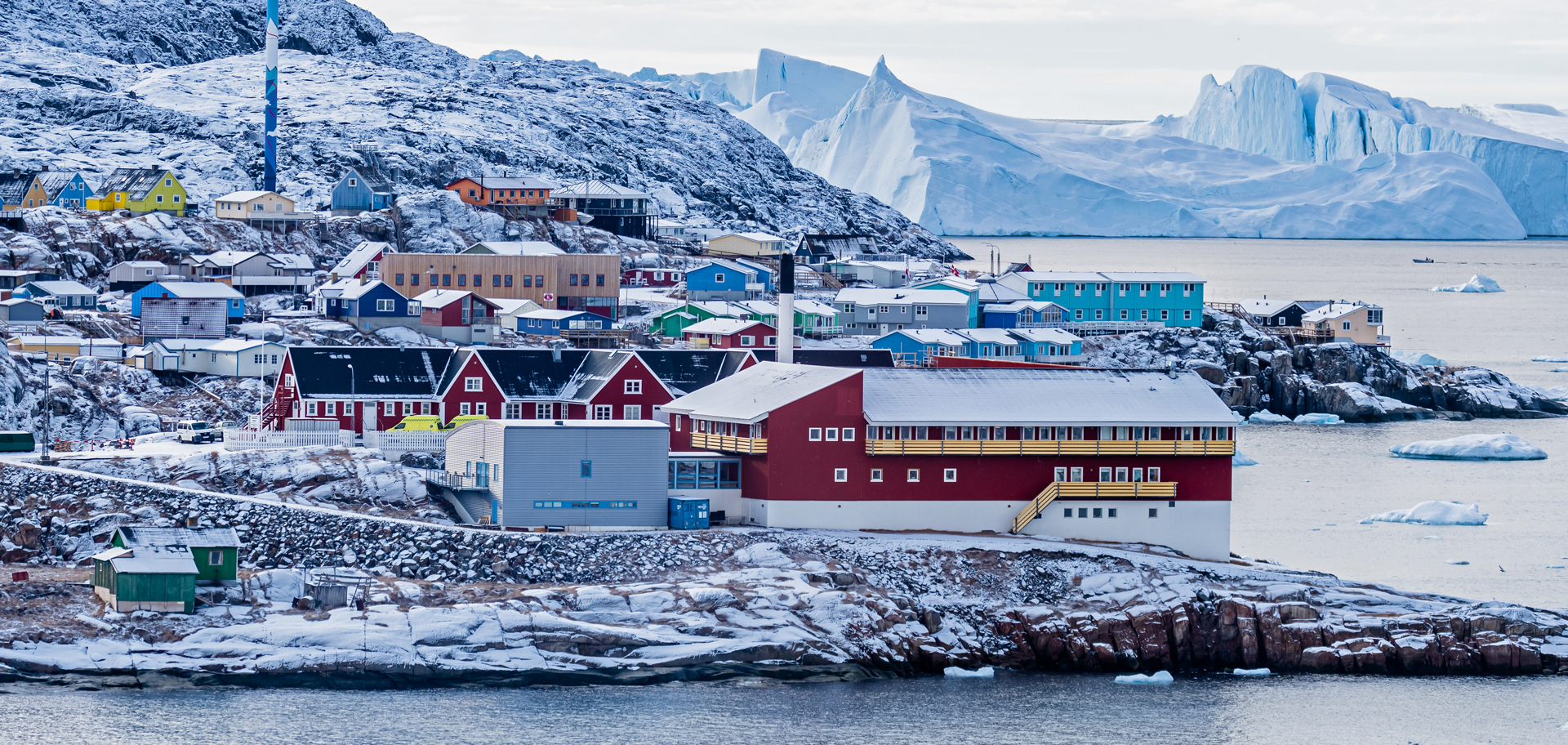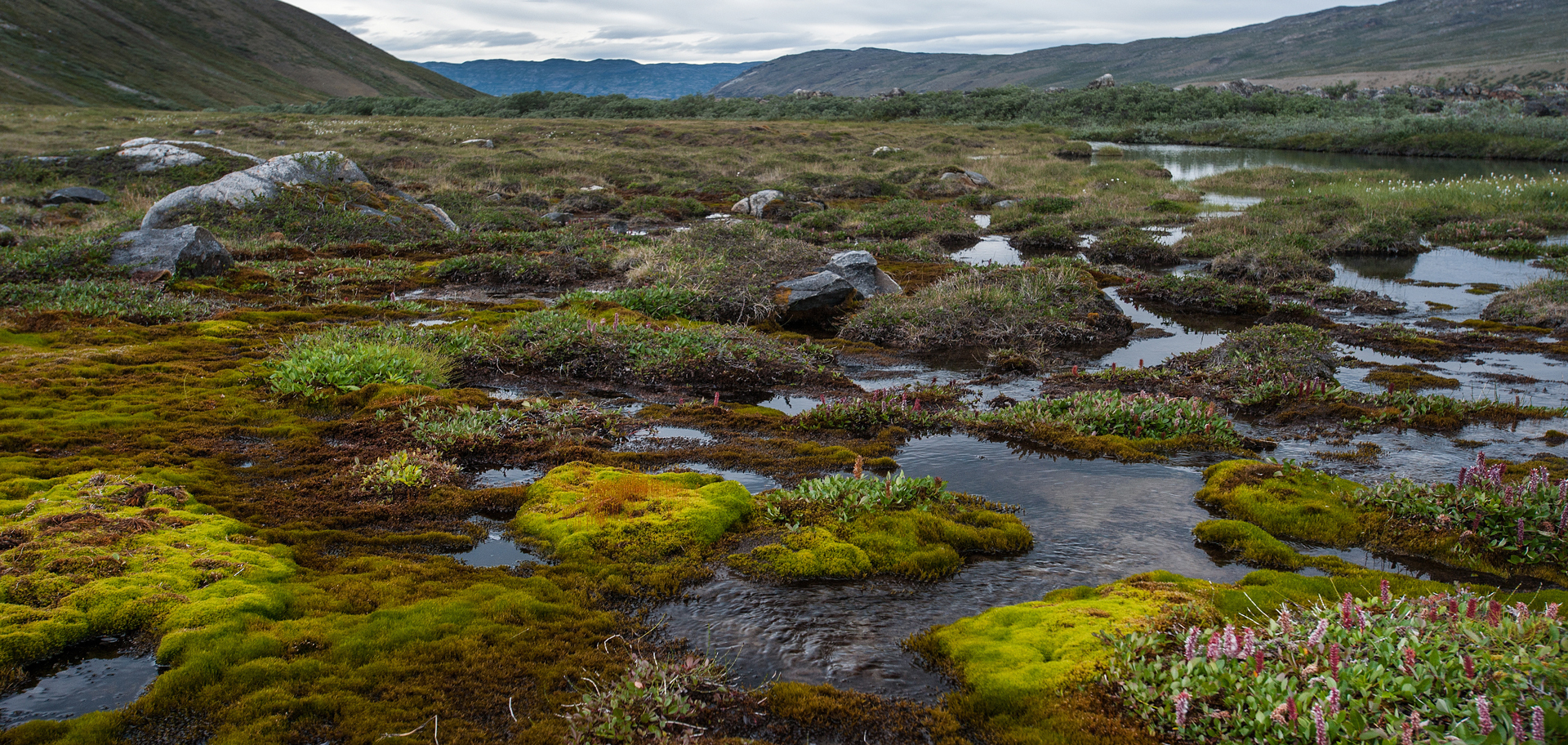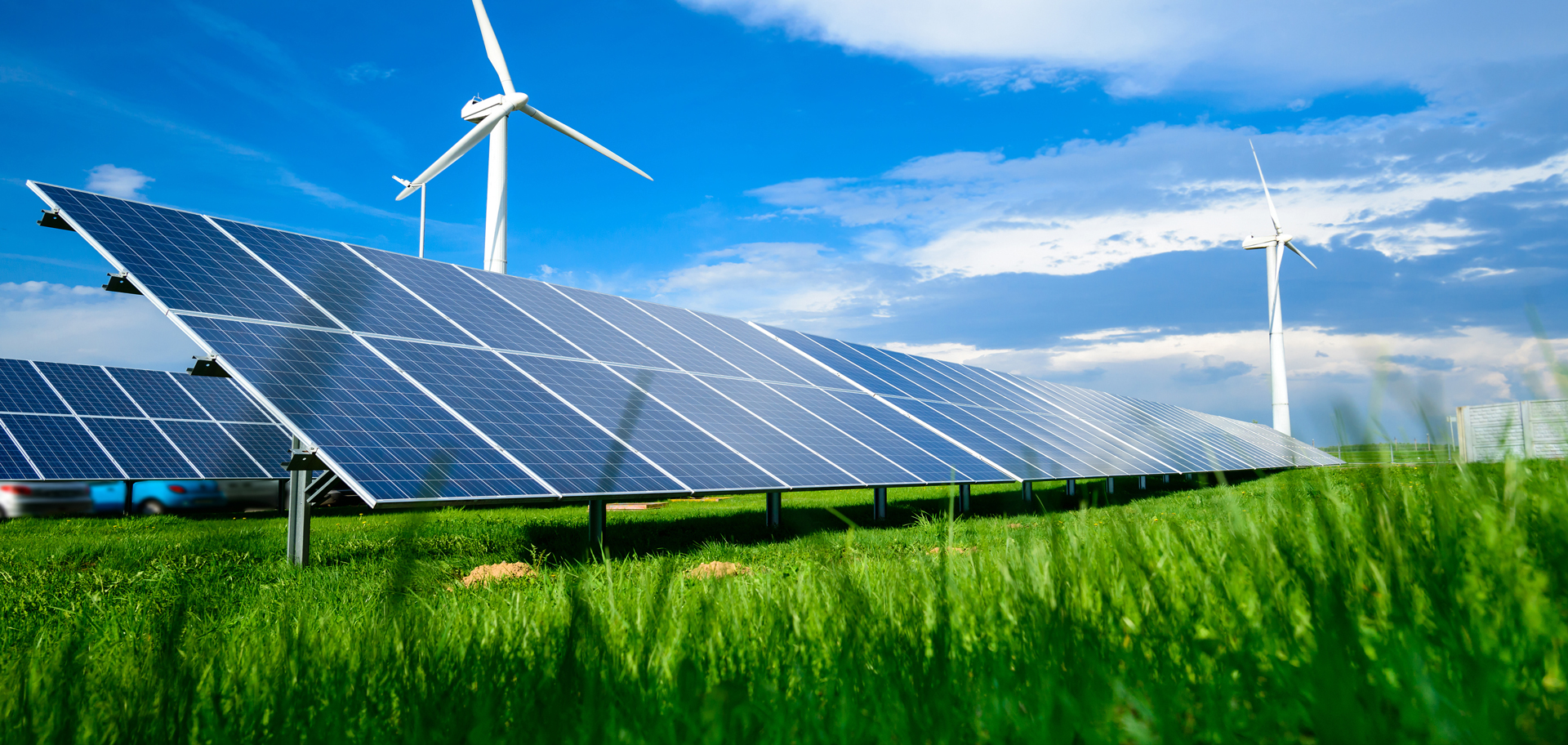
2025 is likely to be one of the hottest years on record, just like 2024 and 2023. Current predictions indicate it will likely rank within the top three warmest years globally, with a high probability of being in the top five.
It’s July, and I already know what’s coming. Scientists will find that 2025 is one of the hottest years on record, just like 2024 was and 2023 before it. They’ve been warning us for decades that this would happen. Now, three studies—freshly published in June 2025—detail in no uncertain terms what’s happening and what will happen.
Over 300 million years ago, Earth experienced powerful bursts of carbon dioxide (CO2) from natural sources—such as massive volcanic eruptions—that triggered dramatic drops in ocean oxygen levels. These ancient “carbon burps” led to dangerous periods of ocean anoxia (absence of oxygen), which stalled marine biodiversity and reshaped entire ecosystems. In a new, groundbreaking study, scientists combined high-tech climate models with deep-ocean sediment analysis to pinpoint five such events. The alarming part? Today’s human-driven CO2 emissions are skyrocketing at speeds hundreds of times faster than those ancient upheavals, showing us how modern oceans, particularly coastal zones rich in marine life, might react. And ancient coral fossils from the remote Seychelles have unveiled another dramatic warning for our future: sea levels can rise in sudden, sharp bursts—even when global temperatures stay steady.
This adds to the stark picture: an international team of climate experts has now confirmed that at current emission rates, we’re just a little over three years away from burning through the remaining carbon budget to limit warming to 2.7 degrees Fahrenheit (1.5 degrees Celsius) above preindustrial levels, the Paris Agreement’s target. The pace of climate change is accelerating, seas are rising faster than ever and the Earth is absorbing more heat with devastating consequences, from hotter oceans to intensified weather extremes.

Marine biodiversity makes oceans productive, resilient and adaptable to environmental changes. It can prevent the extinction of one species from causing wider negative impacts on the whole marine ecosystem.
Ancient “carbon burps” caused ocean oxygen crashes and biodiversity pauses. We’re repeating the mistake.
Combining geochemical analyses of sediment cores sourced from a formation in South China called the “Naqing Succession” and advanced climate modeling, researchers from the University of California, Davis, the Chinese Academy of Sciences and Texas A&M University have uncovered five periods in Earth’s past when significant decreases in ocean oxygen levels coincided with significant increases in levels of carbon dioxide in the atmosphere. These ocean oxygenless events—called “carbon burps”—are known for their detrimental effects on marine life and biodiversity.
In their study, the results of which were published in the journal Proceedings of the National Academy of Sciences in June 2025, the scientific team analyzed the geochemical makeup of these deepwater cores, specifically carbonate uranium isotopes, to chronicle Earth’s environmental conditions from 310 to 290 million years ago. Through that analysis, burps not just in carbon dioxide but in the ocean’s uranium isotope signature could be seen. They were in total alignment, and the size of the uranium spikes indicated the magnitude of the ocean anoxia.
The team then used that information to inform cutting-edge climate models, developed by the authors of this study, that are used to better understand ancient climates. Based on the modeling, five instances of decreased oxygen by 4% to 12% in the global oceans from 310 to 290 million years ago were found. Each period lasted for roughly 100,000 to 200,000 years. While the decreases in ocean oxygen don’t appear to correlate to any known mass extinctions, they do align with pauses in biodiversity that can be seen in the geological record.

Sediment cores are long tubes filled with layers of mud and organic matter. By analyzing the composition of these layers, scientists can reconstruct past climates, understand how environments have changed over time and even pinpoint past geological events.
This is our only analog for the magnitude of the rise in ocean CO2 levels (doublings and triplings) that we’re seeing today. And that could be interpreted as a red flag, state the scientists. If events of a similar scale were to happen today, they would likely affect coastal areas that are important for fisheries and marine biodiversity.
What’s different, though, is the source of the carbon dioxide. While CO2 levels of long-past climates were influenced by natural systems like volcanic eruptions, today’s levels are strongly influenced by human-produced and human-related carbon dioxide emissions.
Old coral fossils warn of sudden sea-level rise. We’re heading into catastrophe.
Carbon burping isn’t the only way that the oceans try to tell us something. Newly uncovered evidence from fossil corals found on an island chain in the Indian Ocean suggests that sea levels could rise even more steeply in our warming world than previously thought.

Located northeast of Madagascar and east of Kenya, Seychelles is an archipelago nation in the Indian Ocean. The islands are known for their unique biodiversity, including rare animals and plants. The Aldabra giant tortoise, one of the world’s largest land tortoises, is native to Aldabra Island, Seychelles.
Two dozen fossilized corals discovered in the Seychelles recently provided an exceptional opportunity for researchers from the University of Florida, the University of Wisconsin-Madison and an international science team to reconstruct past sea levels. That’s in part because they’re remnants of coral species that live only in shallows very near the sea surface. Their tropical location meant that they were far away from any past ice sheets, which have a more pronounced effect on local sea levels.
By determining the ages of the fossil corals from various elevations on the islands and analyzing the sediments around them, the team was able to confirm the timing of peak global sea levels to between 122,000 and 123,000 years ago. That was during a period known as the Last Interglacial, when global temperatures were like those of today. This dating gives us a better understanding of the relationship between global climate and sea levels.
Perhaps more importantly, though, the researchers, who published their findings in the June 2025 edition of Science Advances, discovered that there were three distinct periods of sharp and sudden sea-level rise over the 6,000 years leading up to peak sea levels during the Last Interglacial. These abrupt pulses of sea-level rise were punctuated by periods of falling seas, and they point to times when the polar ice sheets in Antarctica and Greenland—thousands of miles away from the Seychelles—were rapidly changing.

During the Last Interglacial period, the Greenland Ice Sheet was significantly smaller than it is currently, with estimates suggesting it contributed to a global sea-level rise of 1.6 to 13.7 feet. However, at that time, the Antarctic Ice Sheet played a substantial role in the sea-level rise, as well.
That means that there is potential for a very quick, dynamic change in both ice sheet volume and sea level change, say the researchers. The swings suggest that the polar ice sheets were growing and shrinking out of phase with each other because of temperature changes in the two hemispheres that were also not aligned. So, even though the sea level rose at least several feet higher than present during the past warm period, if the temperature rises simultaneously in both hemispheres as it is today, then we can expect future sea-level rise to be even greater than it was back then.
The researchers made one more sobering observation in this innovative study: one of the sharp pulses of sea-level rise they identified occurred at about the same time that the last remnants of a massive ice sheet in North America were likely collapsing. And while there’s no large North American ice sheet today, this finding has important implications for understanding the dynamics of other present-day ice sheets.
If ice was still present in North America several thousand years into this past warm period, then some of the rise that’s been documented would have required more meltwater from another ice sheet, such as Antarctica’s. This would suggest that Antarctica was even more sensitive to warming than we previously recognized, because the full extent of sea-level rise flowing from the continent was masked by a remnant ice sheet in North America.

The Antarctic Ice Sheet was smaller in the Last Interglacial than it is now, adding to the higher sea levels of that period. Specifically, the West Antarctic Ice Sheet likely experienced a major retreat, influenced by warmer ocean temperatures and subsurface warming on the Antarctic continental shelf.
This new evidence, thanks to fossilized corals from thousands of years ago, suggests that sea levels could rise even faster and higher due to climate change than current projections indicate. We could be looking at upwards of 32 feet of global average sea-level rise in the future, just based on the amount of warming that has already occurred.
This information is important for coastal planners, policymakers, those in the business of risk management and all of us. Drawing down our greenhouse gas emissions could, perhaps, blunt the impact of climate change on sea levels and prevent the worst scenarios from becoming our lived reality.
The 2015 Paris Agreement set a global temperature-rise target. We only have three years left.
Unfortunately, our continued record-high emissions of greenhouse gases mean more of us are experiencing unsafe levels of climate impacts. According to the third annual edition of the “Indicators of Global Climate Change” study published in the journal Earth System Science Data in June 2025, the estimate of the remaining carbon budget for the 1.5-degree-Celsius target is 130 billion tons of CO2 (from the beginning of 2025). This would be exhausted in a little more than three years at current levels of CO2 emissions.

The remaining carbon budget for the 1.5-degree-Celsius Paris Agreement target will be exhausted in about three years at current levels of CO2 emissions.
Both warming levels and rates of warming are unprecedented, say the scientists involved in the study. The last decade (2015–2024) is the warmest on record, and 2024 was the warmest year on record, surpassing 2023, highlighting how the pace of climate action and policies are not keeping up with what’s needed to address the ever-growing consequences.
This year’s update of key climate system indicators carried out by a team of more than 60 international scientists included two additional indicators, sea-level rise and global land precipitation, to give a total of 10 indicators. In 2024, the best estimate of observed global surface temperature rise was 1.52 degrees Celsius, of which 1.36 degrees Celsius can be attributed to human activity. The elevated level of human-induced warming and its rapid warming rate are due to global greenhouse gas emissions remaining at all-time highs in recent years.
While reaching 1.5 degrees Celsius of global temperature rise in a single year does not mean there has been any breach of the Paris Agreement—for that, average global temperatures would need to exceed 1.5 degrees Celsius over multiple decades—these results do reaffirm how far and fast emissions are heading in the wrong direction.

Human activities have resulted in the equivalent of about 53 billion tons of CO2 being released into the atmosphere each year over the last decade. Deforestation is a big contributor.
Between 2015 and 2024, average global temperatures were 1.24 degrees Celsius higher than in preindustrial times, with 1.22 degrees Celsius caused by human activities, meaning that the best estimate is that all the warming we have seen over the last decade has been human induced. Human activities have resulted in the equivalent of around 53 billion tons of CO2 being released into the atmosphere each year over the last decade, primarily due to increasing emissions from burning fossil fuels and deforestation. In 2024, emissions from international aviation—the sector with the steepest drop in emissions during the pandemic—also returned to prepandemic levels.
In addition, human activities have been affecting the Earth’s energy balance. Surplus heat accumulating in the Earth’s system at an accelerating rate is driving changes in every component of the climate system. The rate of global heating seen between 2012 and 2024 has about doubled from the levels seen in the 1970s and 1980s, leading to detrimental changes of vital components, including ice loss, ocean warming, permafrost thawing and sea-level rise.
The ocean is storing about 91% of this excess heat, which leads to ocean warming. Warmer waters lead to rising sea levels and intensified weather extremes, and they can have devastating effects on marine ecosystems and the communities that rely on them. In 2024, the ocean reached record values globally. Between 2019 and 2024, global mean sea level has also increased by around 1.02 inches, more than doubling the long-term rate of 0.07 inches per year seen since the turn of the 20th century.

The rate of global warming between 2012 and 2024 was twice that seen in the 1970s and 1980s, leading to detrimental changes in vital components of the climate system, including the thawing of permafrost.
Since 1900, the global mean sea level has risen by around 8.9 inches. This seemingly small number is having an outsized impact on low-lying coastal areas, making storm surges more damaging and causing more coastal erosion, posing a threat to humans and coastal ecosystems. The concerning part is that we know that sea-level rise in response to climate change is relatively slow, which means that we have already locked in further increases in the coming years and decades. The repercussions will only stop worsening when CO2 emissions from fossil fuels and deforestation reach net zero.
Now or later. We inevitably need to transition to renewable energy.
When we hear about climate change, we’re typically presented with two opposing scenario archetypes. On the one hand, there are scripts of unchecked growth in fossil fuels, leading to climate disaster; while on the other hand, there are utopian scenes of renewable energy abundance.
But what if the more likely reality is somewhere in between the two extremes? And if it is, what might we be missing in terms of risks to people and the planet?

A transition to renewable energy is inevitable, whether it’s proactive to address carbon emissions or reactive because fossil fuels start running out.
To address what seems like an inescapable trade-off between urgently addressing climate change versus avoiding an energy shortfall, University of South Australia researchers developed a new energy exploratory tool to test what-if scenarios that aren’t covered by conventional climate and energy models.
Using the Global Renewable Energy and Sectoral Electrification model—dubbed “GREaSE”—the researchers simulated a range of plausible future scenarios including rapid curtailment of fossil fuels, high and low per capita demand, and different cases of electrification.
The results, published in the open access journal Energies in April 2025, shows a striking similarity across scenarios: an inevitable transition to renewable energy, whether it’s proactive to address carbon emissions or reactive because fossil fuels start running short.

We need to put our energy consumption on a diet, as soon as possible. According to “Biofriendly Planet” magazine, if you replace a car with a bike each time you go to work, you could save approximately 3,000 pounds of greenhouse gas emissions each year.
But achieving the rapid cuts necessary to meet the 1.5-degree-Celsius target set out in the Paris Agreement presents a serious challenge. Even with today’s rapid expansion of renewable energy, the modeling suggests it can’t expand fast enough to fill the gap left by the phaseout of fossil fuels, creating a 20- to 30-year gap between demand and supply. By 2050 or so, we could potentially expect renewable supply to catch up, meaning future demand could largely be met by renewables; but while we’re building that new system, we might need to rebalance our expectations around how much energy we’re going to have to power our economies.
The modeling does not show that emission targets should be abandoned in favor of scaling up fossil fuels. The researchers say this would “push the transition a few more years down the road.” It’s also unlikely that nuclear power could fill the gap, because even if the world’s recoverable uranium resources were much larger, it would scale up even more slowly than renewables, such as solar and wind.
That means that our long-term energy future is dominated by renewables. We could transition now and take the hit in terms of energy supply; or we could transition later, once we’ve burned the last of the fossil fuels. We’d still have to deal with the same transformation, just during potentially catastrophic climate change. The researchers argue that we need to put our global energy consumption on a diet, as soon as possible.

Due to the all-time highs of human-caused climate change—combined with natural variability in the climate system—the global average temperature has risen to record levels. We know what’s happening and what will happen—in a very short time. Let’s finally do something about it.
It’s July 2025. Let’s not wait until a very hot July 2026. We know what’s happening and what’s about to occur—in a very short time. Let’s finally get started.
Here’s to finding your true places and natural habitats,
Candy


































